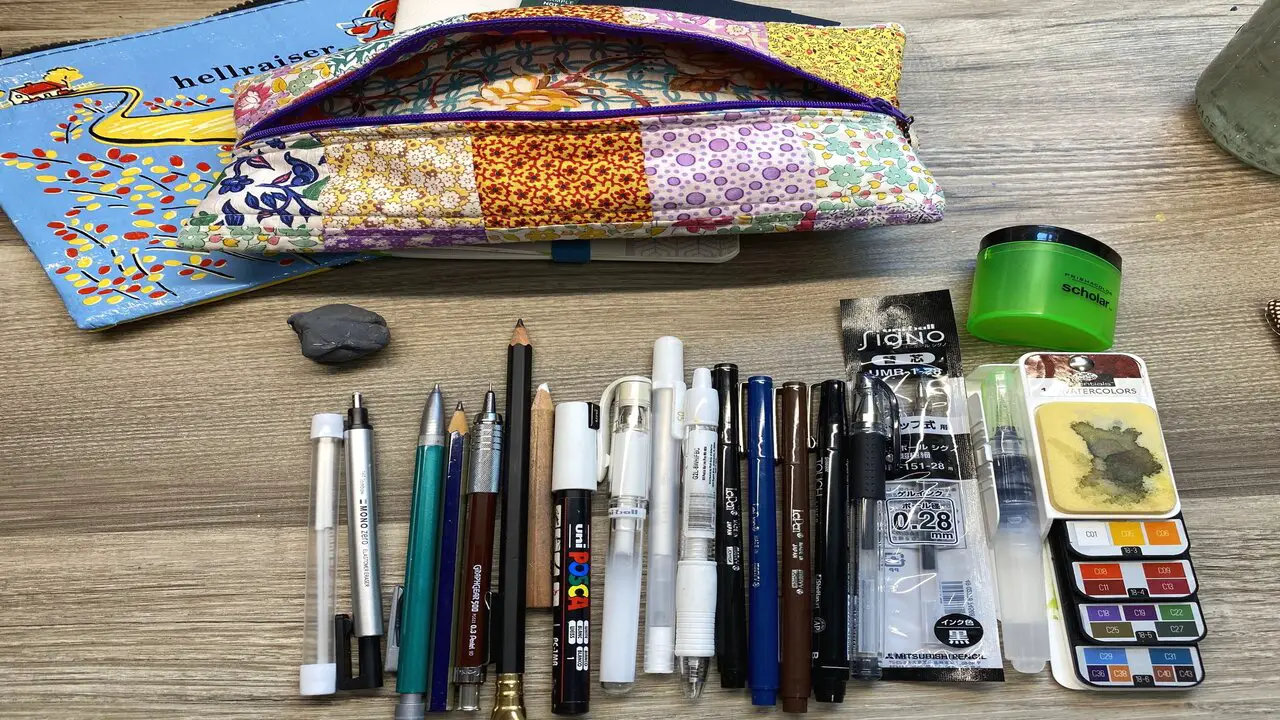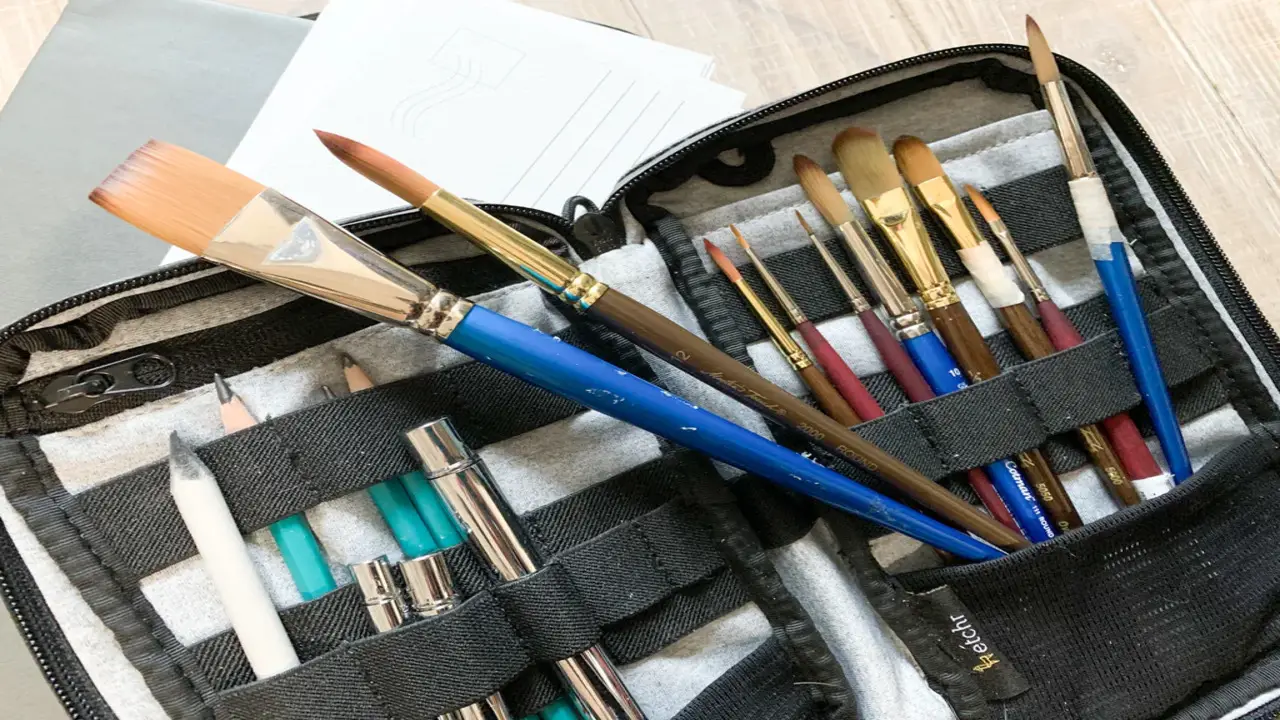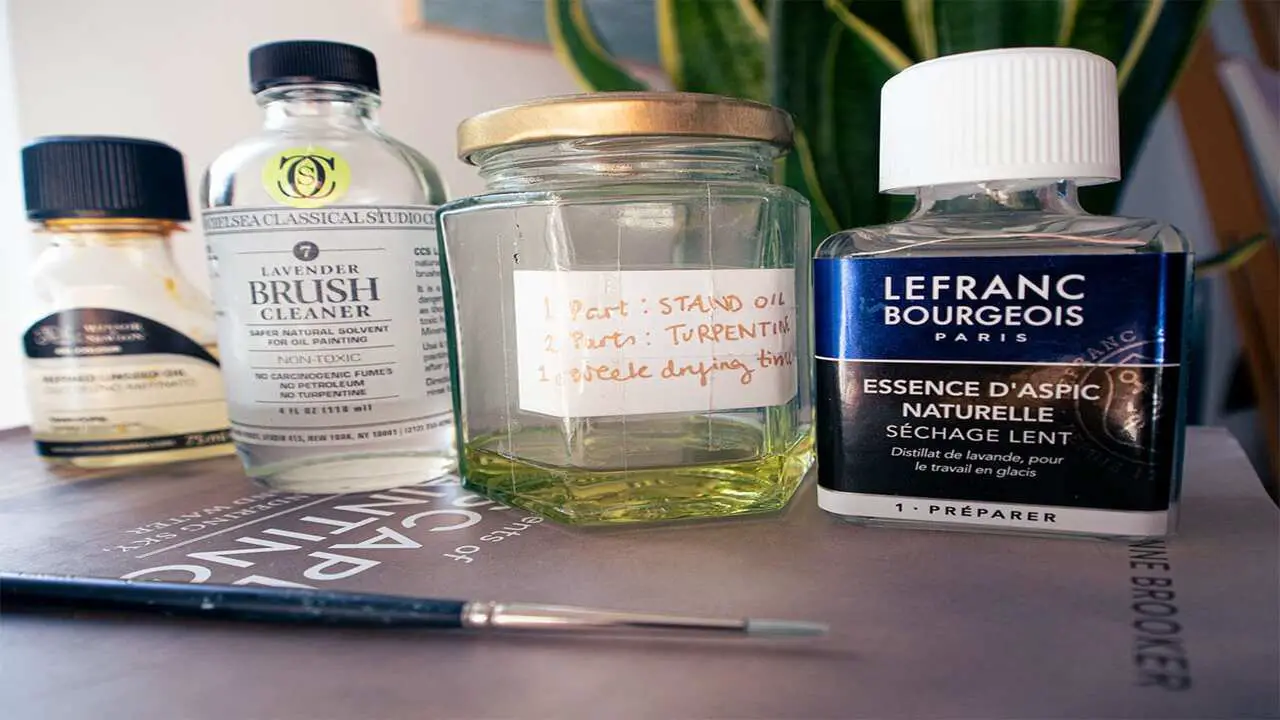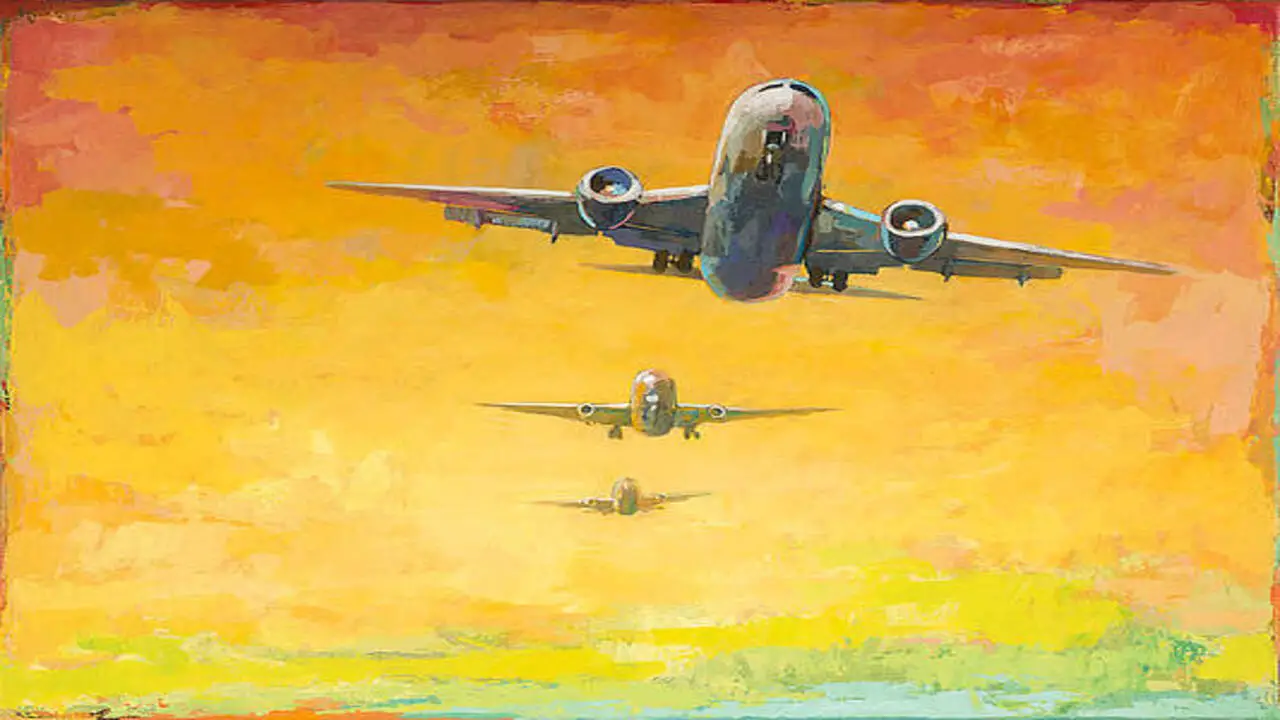If you’re planning to travel by air, there are several things you need to consider before packing your bags. One of the most important things to remember is the Transportation Security Administration (TSA) regulations for carry-on items.
While packing your essentials, you might wonder if you can bring paint on a plane. Whether you’re an artist or a DIY enthusiast, it’s natural to want to bring your favorite paints along with you. However, it’s essential to ensure you don’t violate TSA regulations and cause any inconvenience to fellow passengers or airport authorities.
We’ll explore the rules and regulations regarding can you bring paint on a plane. However, we’ll discuss the different types of paints and how to pack them properly to ensure their safety during the flight. We’ll also look at some common mistakes travelers make while packing paint and how to avoid them.

Can You Bring Paint On A Plane? – Exploring The Rules

Can you bring paint on a plane? When bringing paint on a plane, the rules can vary depending on the type of paint and the airline you are flying with. In your carry-on bags, you can carry small amounts of non-flammable paint in containers that are 3.4 ounces (100 milliliters) or less.
However, it is always best to check with your airline before traveling to ensure you comply with their regulations. Remember that you may need to prohibit certain paints, such as aerosol or flammable ones. It is also important to properly pack and secure paint containers to prevent leaks or spills during transit.
The Rules For Acrylic Paint

When traveling with acrylic paint, there are a few important rules to remember. Authorities generally allow acrylic paint in both carry-on and checked baggage. To make the process smoother at airport security, it’s a good idea to pack your acrylic paint tubes in a plastic bag.
This will make them easier to inspect during the X-ray screening process. Remember to securely seal your paint tubes to prevent any potential leakage or damage. If you have questions about guidelines or restrictions on acrylic paint, consult the Transportation Security Administration (TSA) regulations for more information.
Policies Related To Oil And Watercolor Paint
When traveling by air, it’s important to be aware of the policies related to oil and watercolor paint. Different types of paints, including oil and watercolor, have specific regulations for air travel. Understanding the guidelines set by the Transportation Security Administration (TSA) is crucial.
While carry-on baggage allows for easy access to art supplies, including acrylic paint and watercolors, ensuring proper packaging and following safety data sheet instructions when transporting paint is essential.
It’s also important to check the weight limit and restrictions on flammable paints and solvents for carry-on and checked luggage. By adhering to these policies, you can safely transport your paint supplies without any issues at the security checkpoint.
Restrictions On Spray Paint And Paint Pens
Spray paint and paint pens, considered aerosols, have specific regulations for air travel. These products contain flammable solvents and ingredients, making them subject to additional restrictions. To comply with TSA guidelines, separate spray paint and paint pens from other carry-on items and securely package them to prevent leakage.
During the security check, place these items in a quart-sized plastic bag. It is important to be aware of the flammability of these products and take proper precautions when traveling with them. Ensuring compliance with the Transportation Security Administration (TSA) regulations is a good way to avoid any security checkpoint issues.
Packing Art Supplies For Air Travel

Properly packaging art supplies to comply with Transportation Security Administration (TSA) regulations is crucial when packing for air travel. It’s important to consider the weight limit of your carry-on baggage and follow specific regulations for transporting different types of paints, including water-based or explosive ones.
Securely packaging flammable paints is essential to prevent any leakage during transportation. To make security checks easier, packing art materials in a separate suitcase or bag is advisable. By following these guidelines, you can ensure a hassle-free experience at the security checkpoint.
Safely Transporting Paint Tubes
When packing paint tubes for air travel, taking certain precautions is important. Place the paint tubes in a plastic bag to protect other items in your luggage. Additionally, check the safety data sheet for each tube to understand any hazardous materials it may contain.
For easy inspection at airport security, pack the tubes in a quart-sized plastic bag, following TSA guidelines for carrying flammable solvents and ingredients. Ensuring proper sealing of the paint tubes is crucial to prevent any leakage or damage during transportation.
Protecting Your Paint Brushes And Artist Pencils

To ensure the safety of your paint brushes and artist pencils during travel, it is advisable to wrap them in bubble wrap or cloth bags. This will provide an extra layer of protection and prevent any damage.
Additionally, packing them in your carry-on bag rather than checked luggage can further minimize the risk of damage during transit. Remember to keep your paintbrushes and artist pencils separate from other sharp objects in your luggage. It’s also important to check for specific regulations regarding the transportation of these items and make sure they are easily accessible for security checks.
Dealing With Paint Thinners And Linseed Oil

Before packing paint thinners and linseed oil, you must check if they are allowed in carry-on baggage. Transporting flammable liquids like paint thinners and linseed oil requires following TSA regulations. To prevent any leakage during air travel, securely package these items.
When traveling by plane, it is advisable to consider non-flammable alternatives for paint thinners and linseed oil. Additionally, consult the material safety data sheet to ensure proper precautions when handling flammable solvents. By adhering to these guidelines, you can safely bring your paint supplies on a plane without any issues.
Navigating Potential Tsa Issues
When bringing paint on a plane, it’s important to navigate potential TSA issues. Familiarize yourself with the regulations set by the Transportation Security Administration (TSA) regarding the transportation of art supplies. You should be prepared for additional security checks or inspections when carrying art supplies.
Follow the TSA guidelines for properly packaging and labeling your art supplies, ensuring they comply with the regulations. Stay updated on any changes to TSA regulations that may affect the transportation of art supplies. And remember to cooperate with TSA officers if they have any questions or concerns about your art supplies.
What Should You Do If The Carry-On Does Not Approve Your Paint?
Consider alternative transportation methods if your preferred paint is not allowed as a carry-on. Shipping the paint to your destination or researching specific regulations and restrictions for shipping art supplies can be helpful. Consult with the airline or shipping company for their policies on transporting restricted items. Additionally, you can pack non-flammable paints in your carry-on bag as an alternative option.
Alternatives For Shipping Paint And Other Art Supplies
When shipping paint and other art supplies, there are alternatives you can consider. Start by researching shipping companies that specialize in transporting art supplies. They have the expertise to handle these materials safely. Make sure to properly package and label your art supplies before shipping them.
We will ensure that we protect them during transit. Additionally, consider insurance options to safeguard valuable art supplies. It’s also good to compare prices and delivery times from different shipping providers. Finally, check for any restrictions or limitations on shipping art supplies to your desired location.
Taking Framed Art And Paintings On A Plane

When taking framed art and paintings on a plane, it’s important to consult with the airline regarding their specific policies. To ensure the safety of your artwork during transit, make sure to package and protect it properly.
Consider using a separate suitcase or crate to transport framed art and paintings. Be prepared for additional security checks or inspections for these items. Additionally, it’s a good idea to ensure valuable framed art and paintings before traveling with them on a plane.
Conclusion
To sum up, Acrylic paint is generally allowed, but oil and watercolor paints may have some restrictions. Spray paint and paint pens are usually not permitted in carry-on luggage. When packing art supplies for air travel, it’s important to safely transport paint tubes, protect paint brushes and artist pencils, and properly handle paint thinners and linseed oil.
If your paint is not approved for carry-on, you may need to consider shipping it or finding alternative transportation methods. Taking framed art and can you bring paint on a plane, it’s important to research the specific guidelines and requirements of the airline you’re traveling with.
Frequently Asked Questions
How Do You Pack Paint For Travel?
To pack paint for travel, use leak-proof containers to prevent spills. Wrap each container with bubble wrap or newspaper for cushioning. Place the containers in a sealable plastic bag to contain any leaks. Remember, pack the paint in your checked baggage, as it is not allowed in carry-on bags.
How Do You Travel With Acrylic Paint?
You can safely transport acrylic paint on a plane in either carry-on or checked baggage. We recommend placing the paint tubes in a sealed plastic bag to prevent spills or leaks. If you have a large amount of paint, it’s better to check it in. Just make sure to comply with the airline’s restrictions on size and weight.
Can You Travel With Oil Paint On A Plane?
Yes, it is possible to travel with oil paint on a plane. However, there are restrictions and guidelines to follow. Oil paints should be packed according to airline regulations because they are flammable. It’s important to check with your specific airline for their guidelines on carrying oil paint.
Is Paint Allowed In Checked Baggage?
You can bring paint in checked baggage, but certain restrictions apply depending on the type of paint. Flammable paints, aerosol cans, and oil-based paints may have quantity limits or be prohibited. Generally, you can use watercolors, acrylics, and non-flammable oil paints. Check your airline’s regulations before packing paint in checked luggage.
Can You Bring Paint On A Plane?
Yes, you can bring paint on a plane, but restrictions exist. Paint must be in 3.4 ounces or less containers and placed in a clear plastic bag. Oil-based paints and spray paints are not allowed on planes. Always check with your airline’s guidelines before packing paint for a flight.


